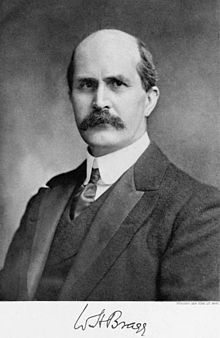In 1953 the Braggs moved into the elegant flat for the Resident Professor in the Royal Institution in London, the position his father had occupied when he died. In 1931 and 1934 Lawrence had delivered the Royal Institution Christmas Lecture and since 1938 he had been Professor of Natural Philosophy in the Institution, delivering an annual lecture. Father's successors had weakened the Institution, so Lawrence had to rebuild. He bolstered finances by enlisting corporate sponsors, The traditional Friday Evening Discourses were followed by a dinner party for the speaker and carefully-selected possible patrons, more than one hundred and twenty of them each year. "Two of these Discourses in 1965 gave him particular pleasure. On 7 May, Lady Bragg, who had been a member of the Royal Commission on Marriage and Divorce (1951-55) and was Chairman of the National Marriage Guidance Council, lectured on 'Changing patterns in marriage and divorce'; and on 15 November, Bragg listened with evident pride to the Discourse on 'Oscillations and noise in jet engines' given by his engineer-son Stephen, who was then Chief Scientist at Rolls Royce Ltd and later became Vice-Chancellor of Brunel University." He also introduced a new program of highly regarded Schools' Lectures, enlivened by the elaborate demonstrations that were a hallmark of the Institution. He gave three of these lectures on 'electricity'





















